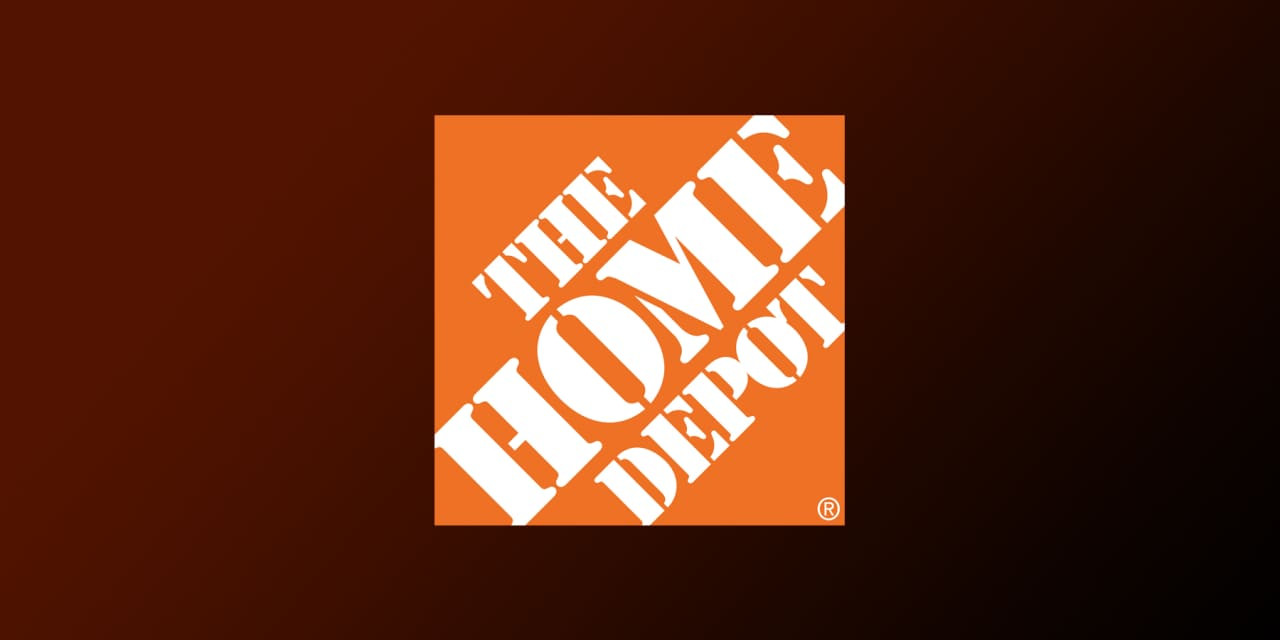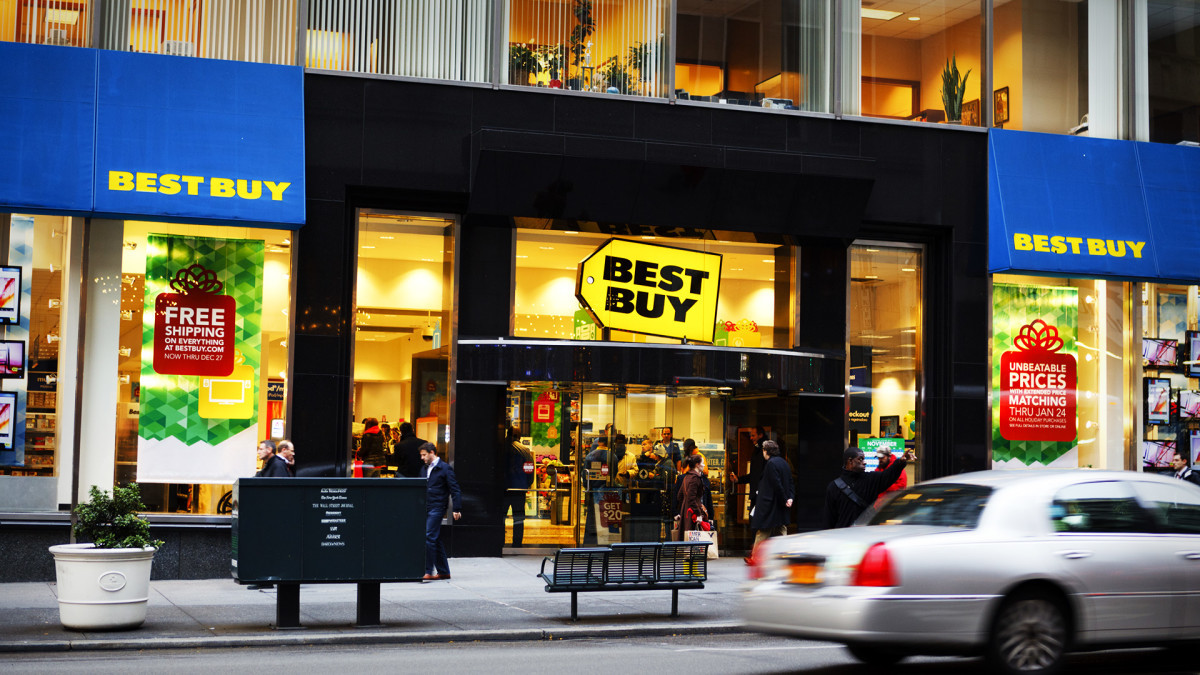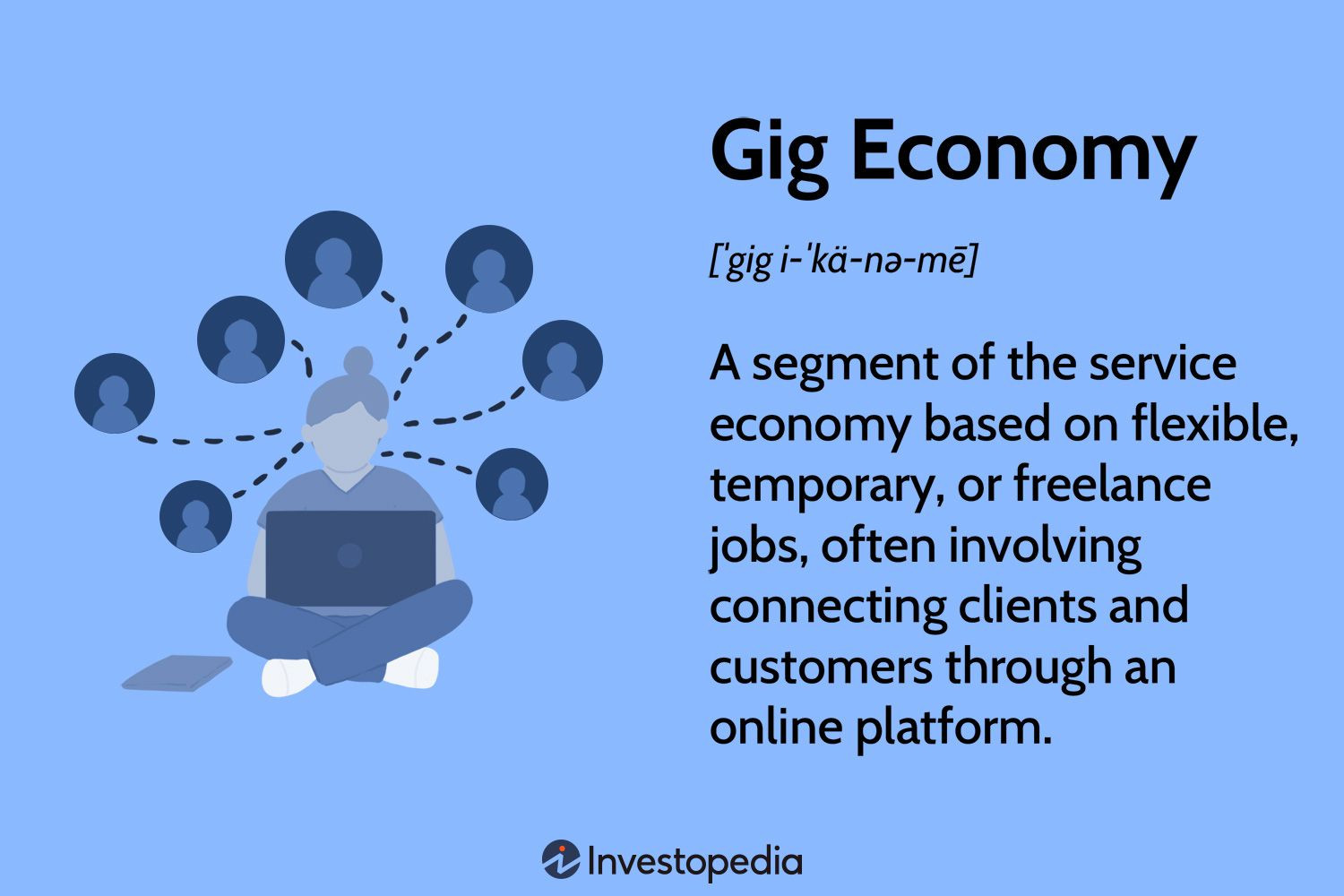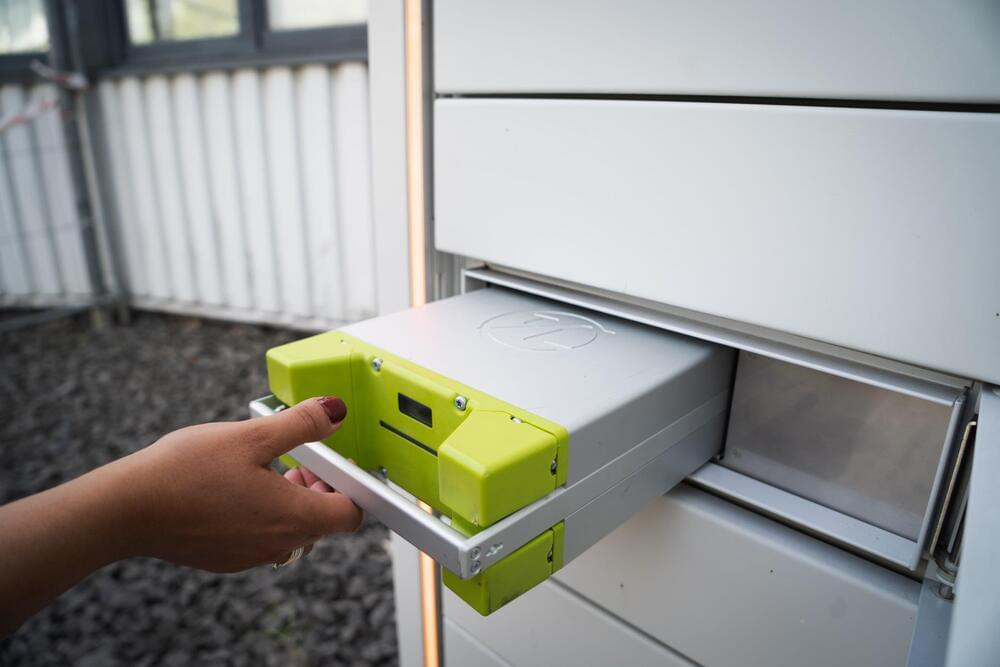A Tale of Two Retailers: Home Depot Soars While Best Buy Faces Headwinds
Wall Street analysts are sending mixed signals about the retail sector, with optimism for Home Depot but concerns about Best Buy. This divergence in sentiment highlights the evolving landscape of consumer spending and the challenges facing retailers as they navigate economic uncertainty.
Home Depot, a leading home improvement retailer, has been a consistent performer in recent years, benefiting from a surge in home renovations and DIY projects during the pandemic. The company's strong financial performance and robust growth prospects have made it a favorite among investors. In a recent report, Analysts at Goldman Sachs upgraded their rating on Home Depot to “buy,” citing the company's solid earnings track record and its ability to maintain its market share in a competitive landscape. They see Home Depot as well-positioned to benefit from the continued strength of the housing market and the rising demand for home improvement services.
However, Best Buy, the electronics and appliance retailer, is facing a more challenging environment. Consumers are increasingly cautious about discretionary spending, and the electronics market has become saturated, with intense competition from online retailers and discount stores. The company has reported sluggish sales growth and declining profit margins in recent quarters, raising concerns about its future prospects. Analysts at Citigroup downgraded their rating on Best Buy to “neutral,” citing the company's exposure to macroeconomic headwinds and its need to improve its pricing strategy to remain competitive.
The Diverging Paths of Home Depot and Best Buy
The contrasting views on Home Depot and Best Buy reflect the broader challenges facing the retail sector. Consumers are grappling with inflation and rising interest rates, which are putting pressure on their budgets and influencing their spending habits. Retailers are responding to these challenges by adjusting their pricing strategies, optimizing their supply chains, and investing in digital capabilities to enhance customer experiences.
Home Depot's success can be attributed to its focus on essential home improvement needs, which are less susceptible to economic downturns. The company has also been effective in leveraging its strong brand reputation and its extensive network of stores to reach a wide customer base.
Best Buy, on the other hand, faces a more volatile environment, as discretionary consumer spending is more susceptible to economic fluctuations. The company's reliance on electronics and appliances, which are often considered luxury items, makes it vulnerable to changes in consumer sentiment. The increasing prevalence of online retailers and discount stores also intensifies the competition for Best Buy, putting pressure on its pricing and margins.
What's Next for Home Depot and Best Buy?
The future for Home Depot and Best Buy hinges on their ability to adapt to the evolving consumer landscape and navigate the challenges presented by economic uncertainty. Home Depot's focus on essential home improvement needs and its strong brand reputation should continue to support its performance. Best Buy, on the other hand, will need to find ways to improve its pricing strategy, enhance its customer experience, and innovate to remain competitive in a saturated market.
Ultimately, the performance of these two retailers will be determined by their ability to meet the changing needs of consumers and adapt to the dynamic retail environment.
The Retail Sector in a Time of Uncertainty
The contrasting fortunes of Home Depot and Best Buy illustrate the complex dynamics at play within the retail sector. As consumers grapple with economic uncertainty, retailers must adapt to their evolving spending habits. Those who can successfully meet the changing needs of their target audience and navigate the evolving retail landscape are likely to thrive, while others may struggle to remain competitive.
The retail sector will continue to be a dynamic and challenging space, requiring retailers to be agile and innovative to succeed. Investors must carefully consider the various factors impacting the retail landscape before making any investment decisions.


















